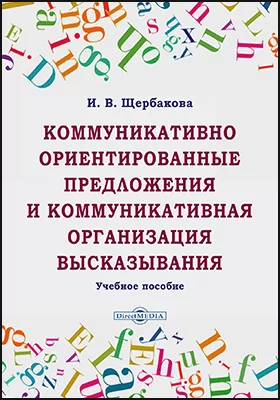Коммуникативно ориентированные предложения и коммуникативная организация высказывания
Место издания: Москва
ISBN: 978-5-4499-3157-3
Страниц: 128
Артикул: 96625
Возрастная маркировка: 16+
Краткая аннотация книги "Коммуникативно ориентированные предложения и коммуникативная организация высказывания"
Учебное пособие содержит 2 модуля: теоретический и практический материал, тексты для перевода. Пособие предназначено для комплексной работы по специальности 11.03.02 «Инфокоммуникационные технологии и системы связи» и направлено на формирование у слушателей базовых компетенций и навыков владения и распознавания лексических средств. Рассчитано на студентов учреждений высшего образования очной и заочной форм обучения.
Содержание книги "Коммуникативно ориентированные предложения и коммуникативная организация высказывания"
Предисловие
Module 1
Unit 1. Information technology
Unit 2. Information and communications technologies
Unit 3. ICT. Infrastructure and components
Unit 4. Telephone
Unit 5. Telegraph
Unit 6. Radio
Unit 7. Television
Unit 8. Computer
Unit 9. Computer in our life
Unit 10. E-mail
Unit 11. The Internet
Unit 12. The Internet is a great place
Module 2
Text 1
Text 2
Text 3
Text 4
Text 5
Text 6
Text 7
Text 8
Text 9
Text 10
Text 11
Grammar reference
Notes
Литература
Все отзывы о книге Коммуникативно ориентированные предложения и коммуникативная организация высказывания
Отрывок из книги Коммуникативно ориентированные предложения и коммуникативная организация высказывания
The word telephone, from the Greek roots tēle, “far,” and phonē, “sound,” was applied as early as the late 17th century to the string telephone familiar to children, and it was later used to refer to the megaphone and the speaking tube, but in modern usage it refers solely to electrical devices derived from the inventions of Alexander Graham Bell and others. Within 20 years of the 1876 Bell patent, the telephone instrument, as modified by Thomas Watson, Emil Berliner, Thomas Edison, and others, acquired a functional design that has not changed fundamentally in more than a century. Since the invention of the transistor in 1947, metal wiring and other heavy hardware have been replaced by lightweight and compact microcircuitry. Advances in electronics have improved the performance of the basic design, and they also have allowed the introduction of a number of “smart” features such as automatic redialing, call-number identification, wireless transmission, and visual data display. Such advances supplement, but do not replace, the basic telephone design. That design is described in this section, as is the remarkable history of the tele-phone’s development, from the earliest experimental devices to the modern digital instrument. As it has since its early years, the telephone instrument is made up of the fol-lowing functional components: a power source, a switch hook, a dialer, a ringer, a transmitter, a receiver, and an anti-sidetone circuit. These components are de-scribed in turn below. In the first experimental telephones the electric current that powered the tele-phone circuit was generated at the transmitter, by means of an electromagnet activat-ed by the speaker’s voice. Such a system could not generate enough voltage to produce audible speech in distant receivers, so every transmitter since Bell’s patented design has operated on a direct current supplied by an independent power source. The first sources were batteries located in the telephone instruments th...
С книгой "Коммуникативно ориентированные предложения и коммуникативная организация высказывания" читают
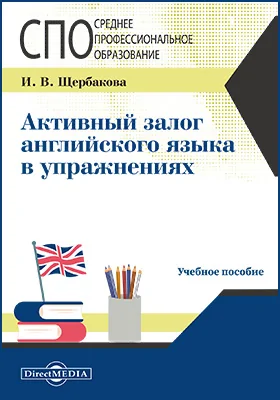
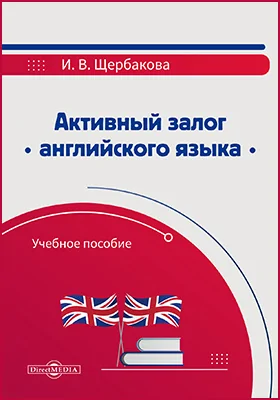
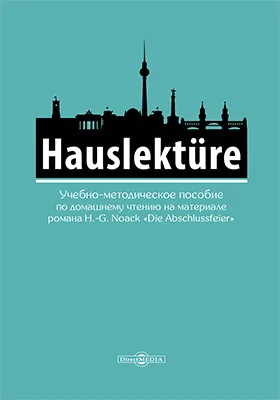




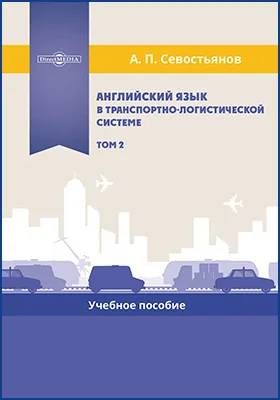
Бестселлеры нон-фикшн
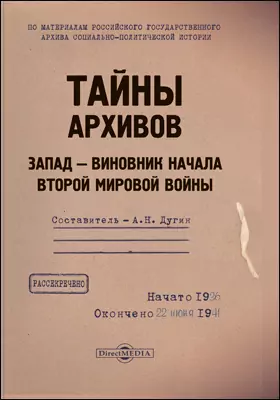

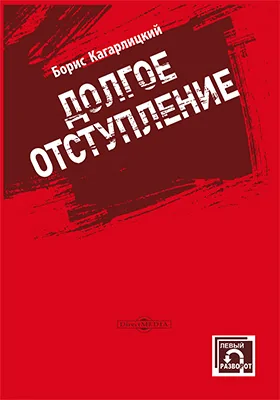


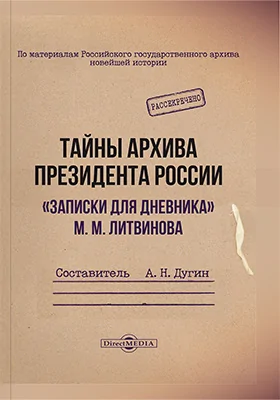
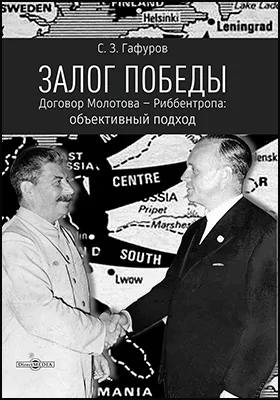
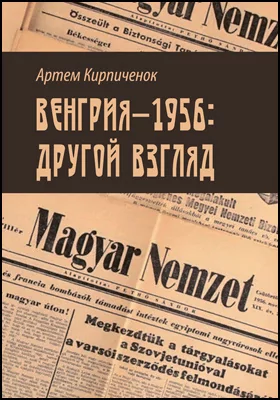
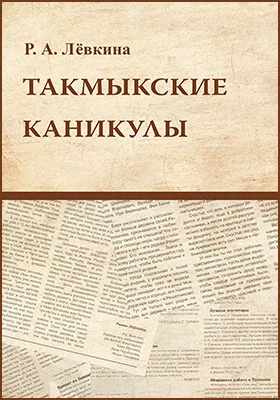
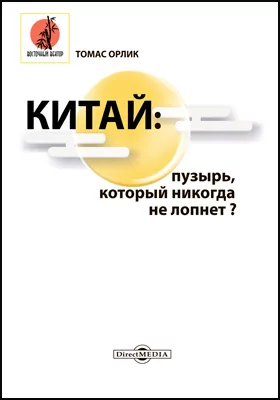



Новинки книги нон-фикшн

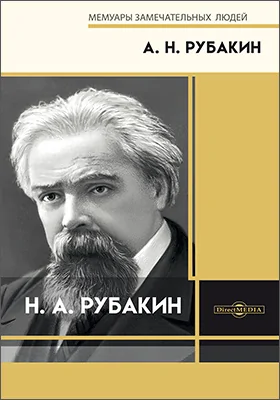





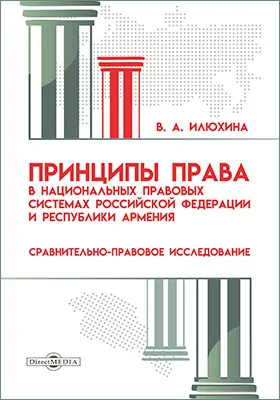
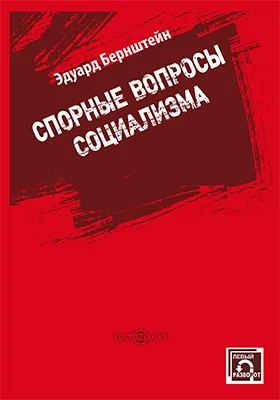
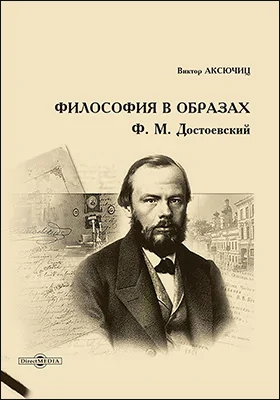
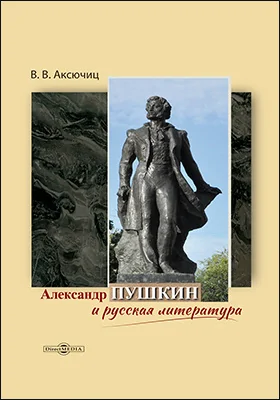

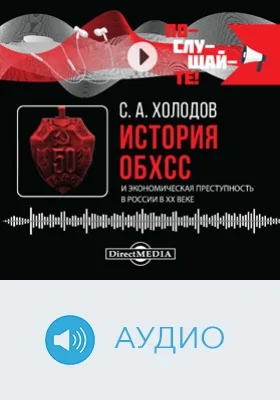
Щербакова И. В. другие книги автора
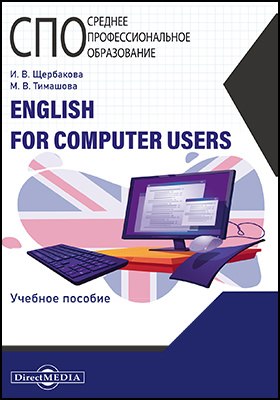
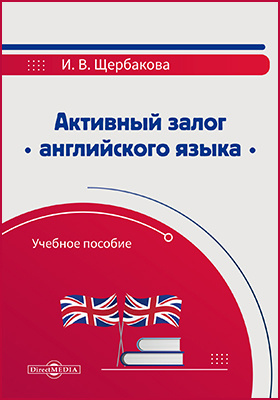
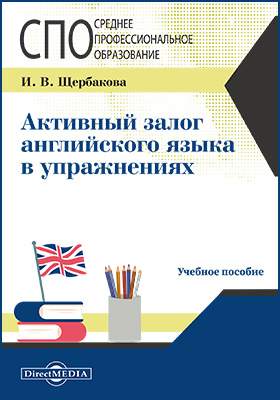
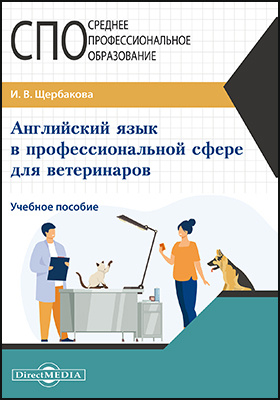

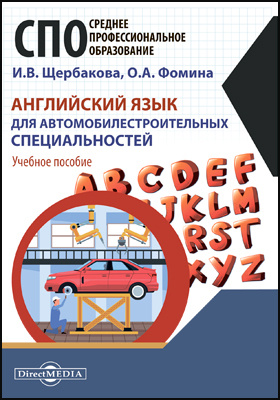

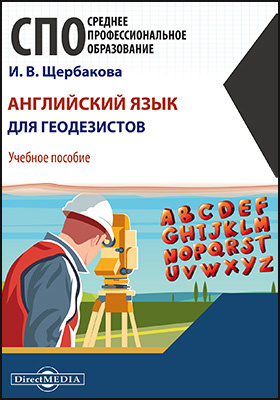

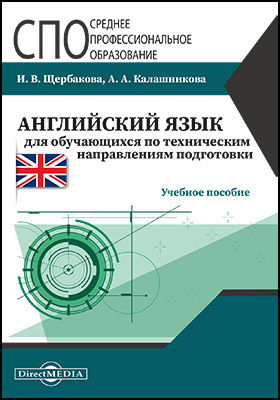
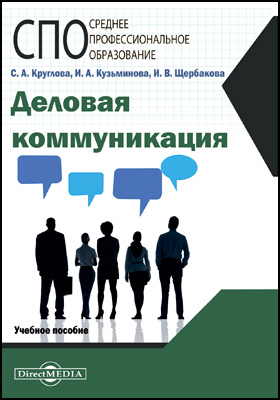


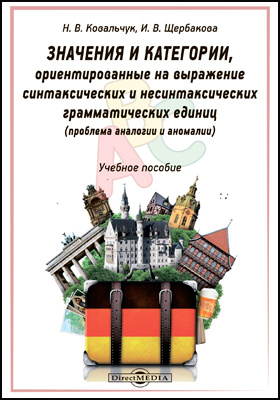
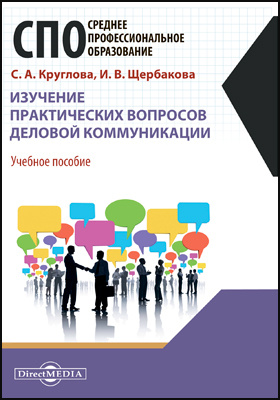
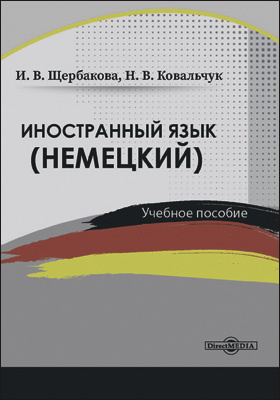


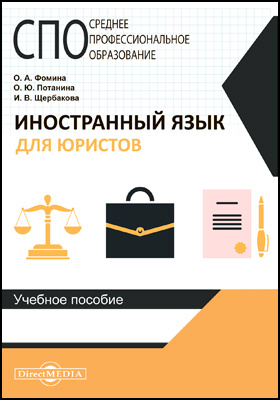
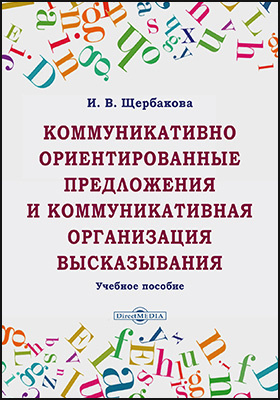



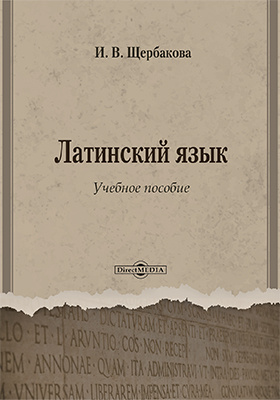


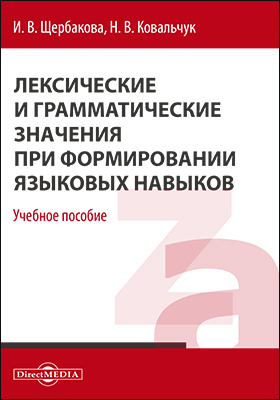
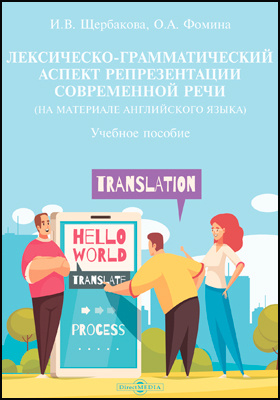
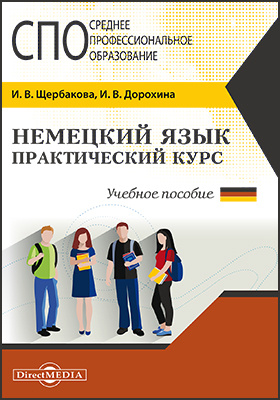
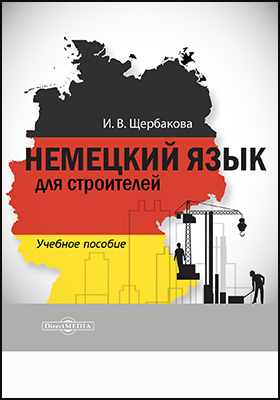

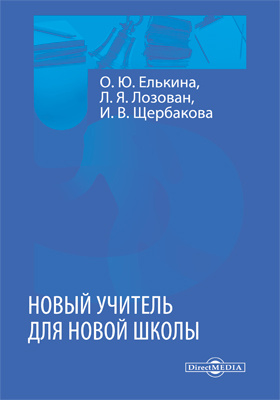

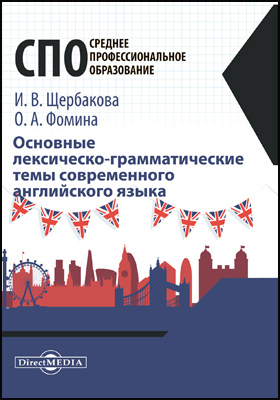
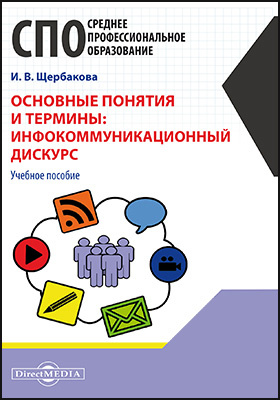
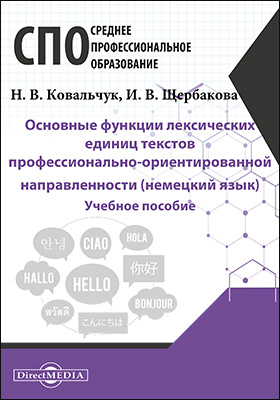
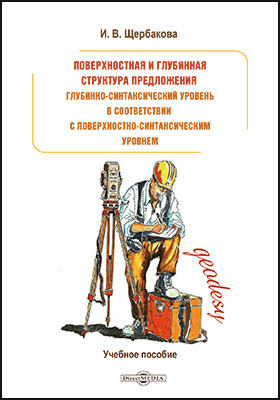

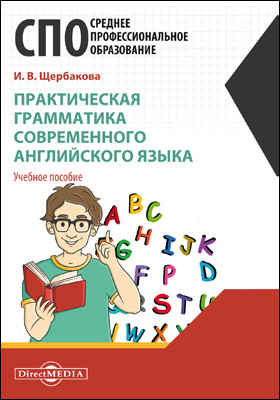

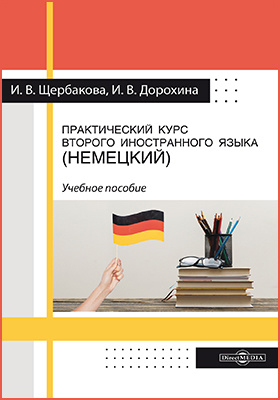
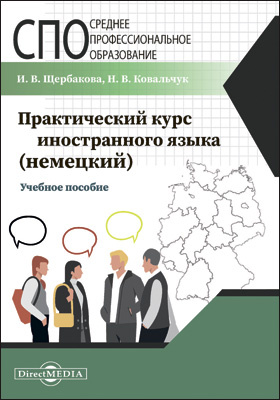



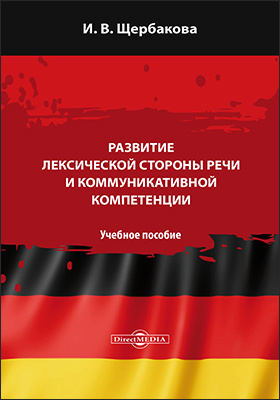
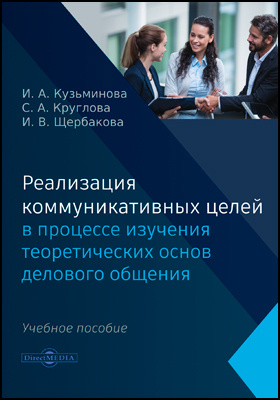
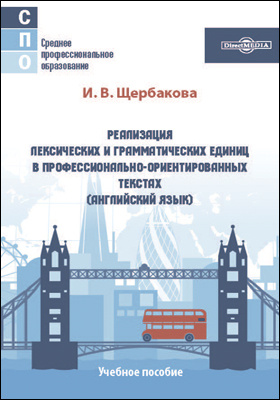
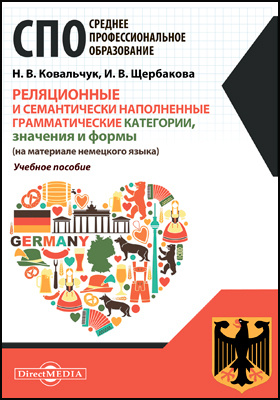
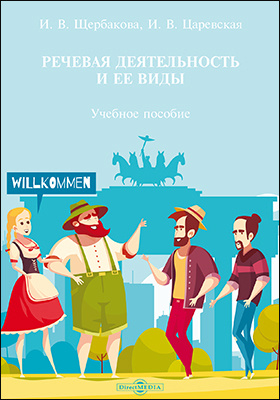
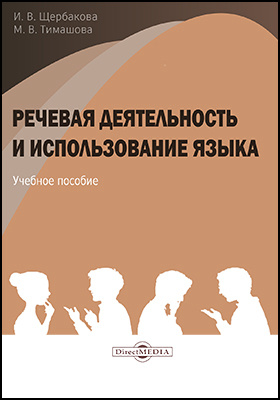
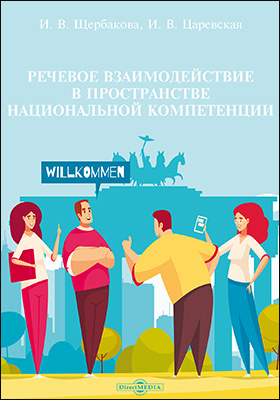
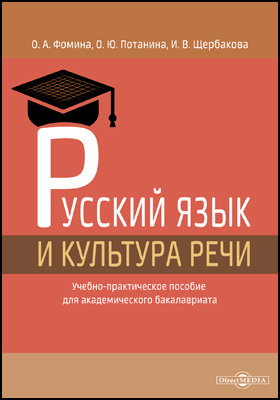
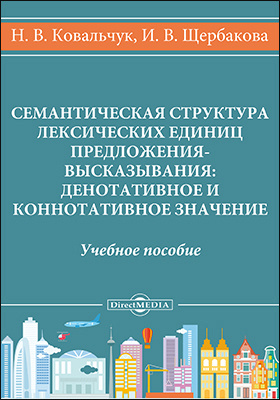

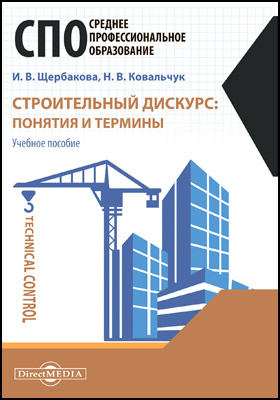



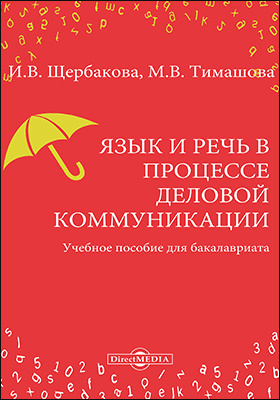
и мы свяжемся с вами в течение 15 минут
за оставленную заявку

